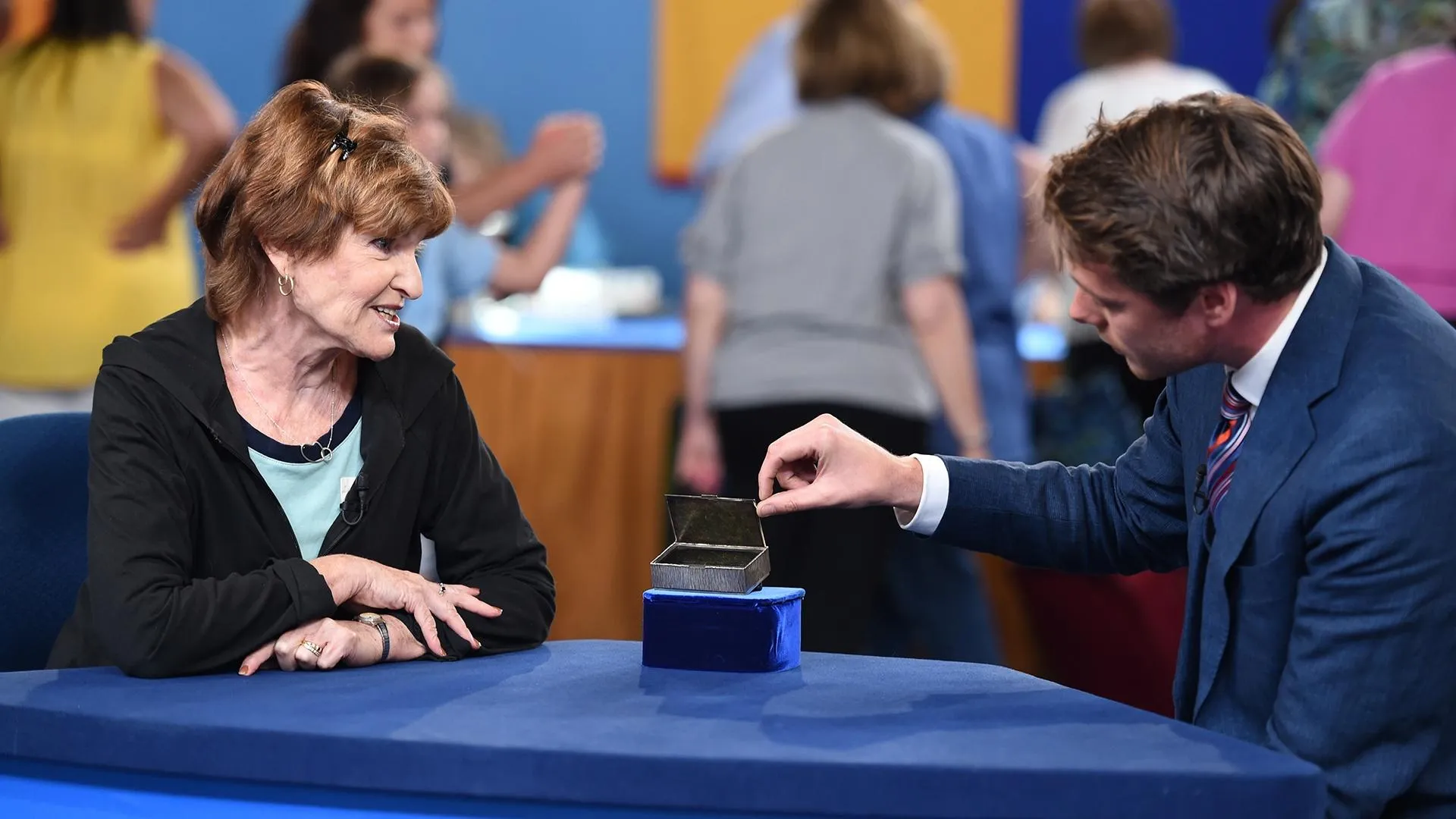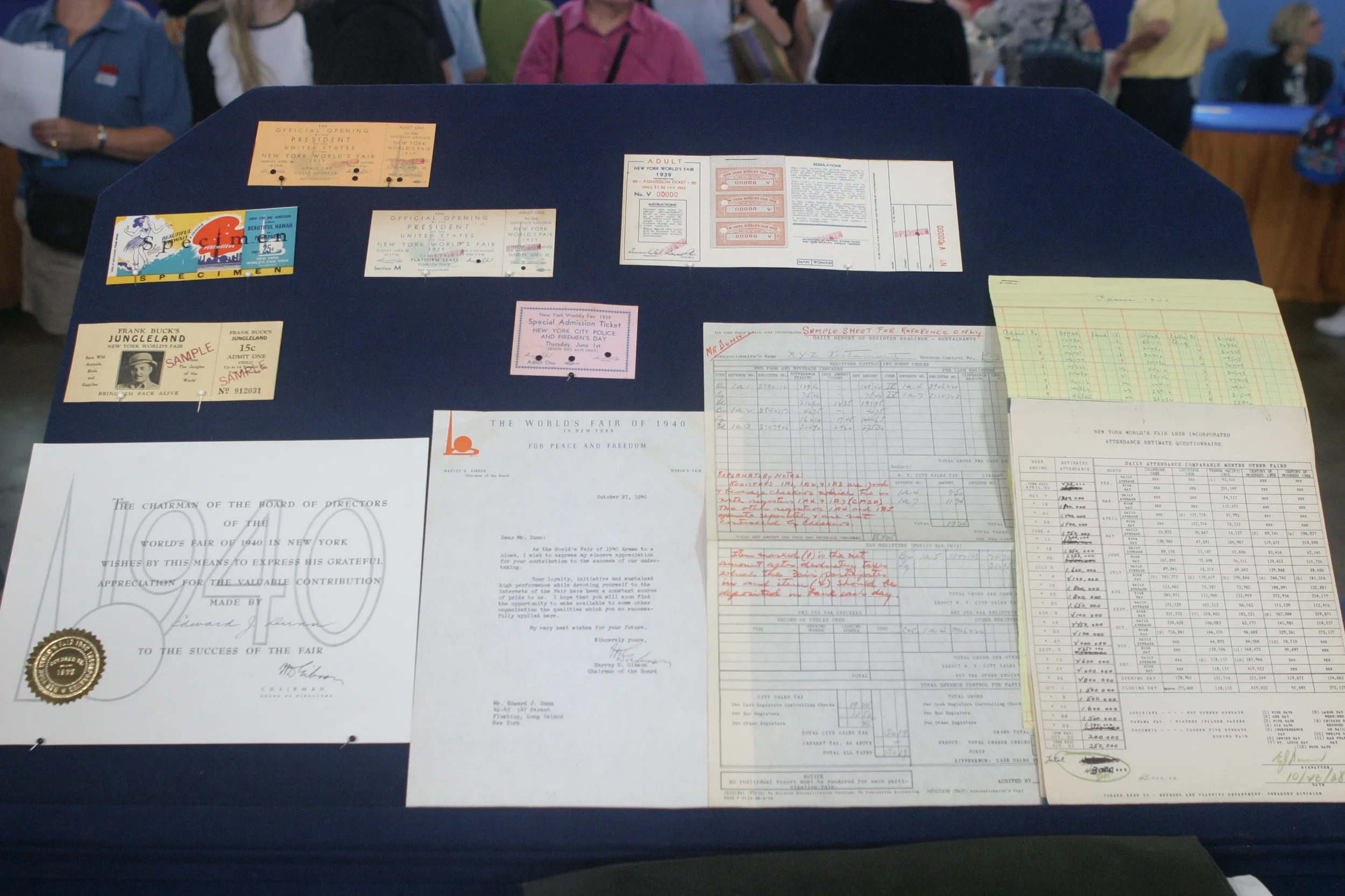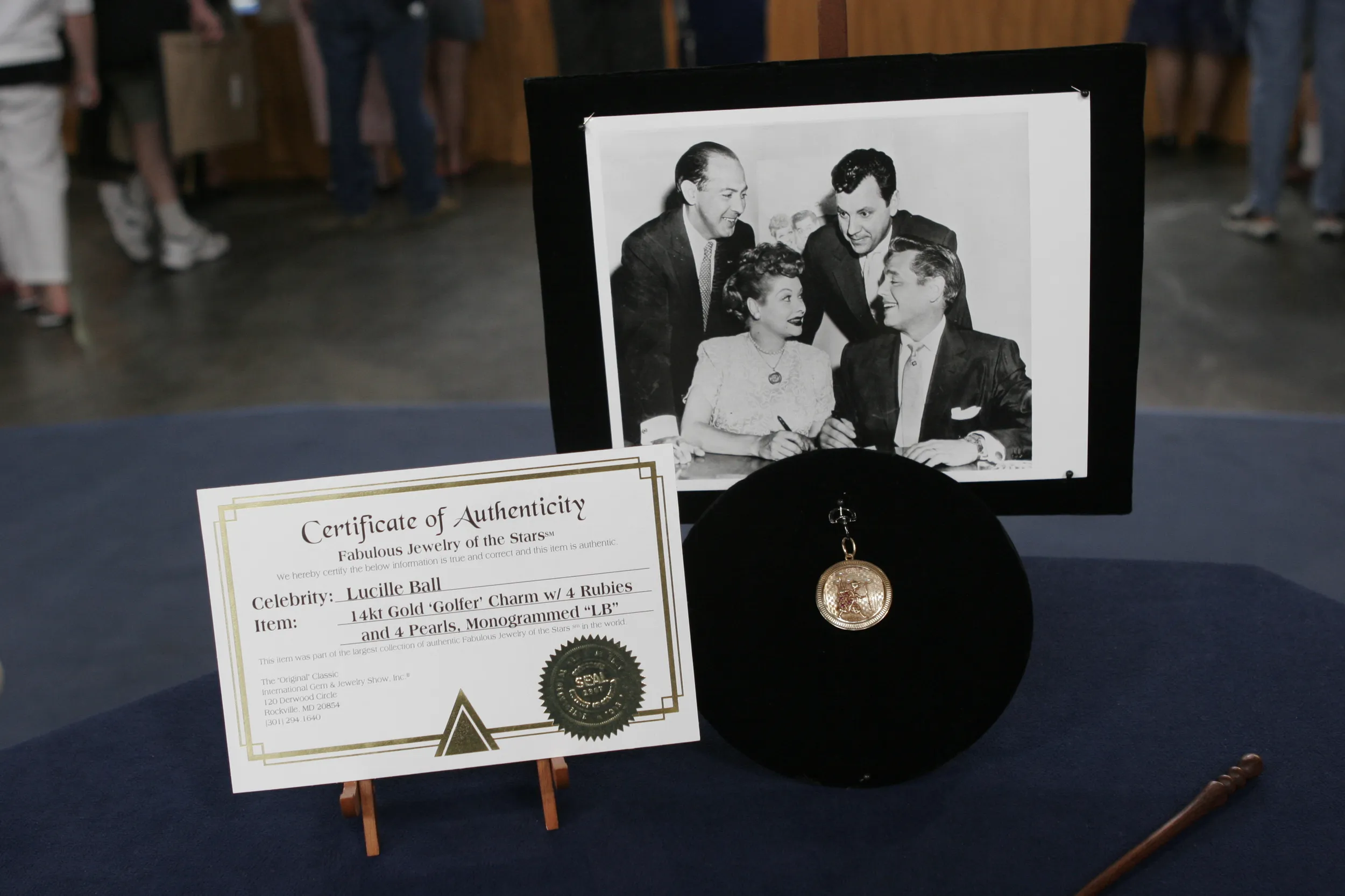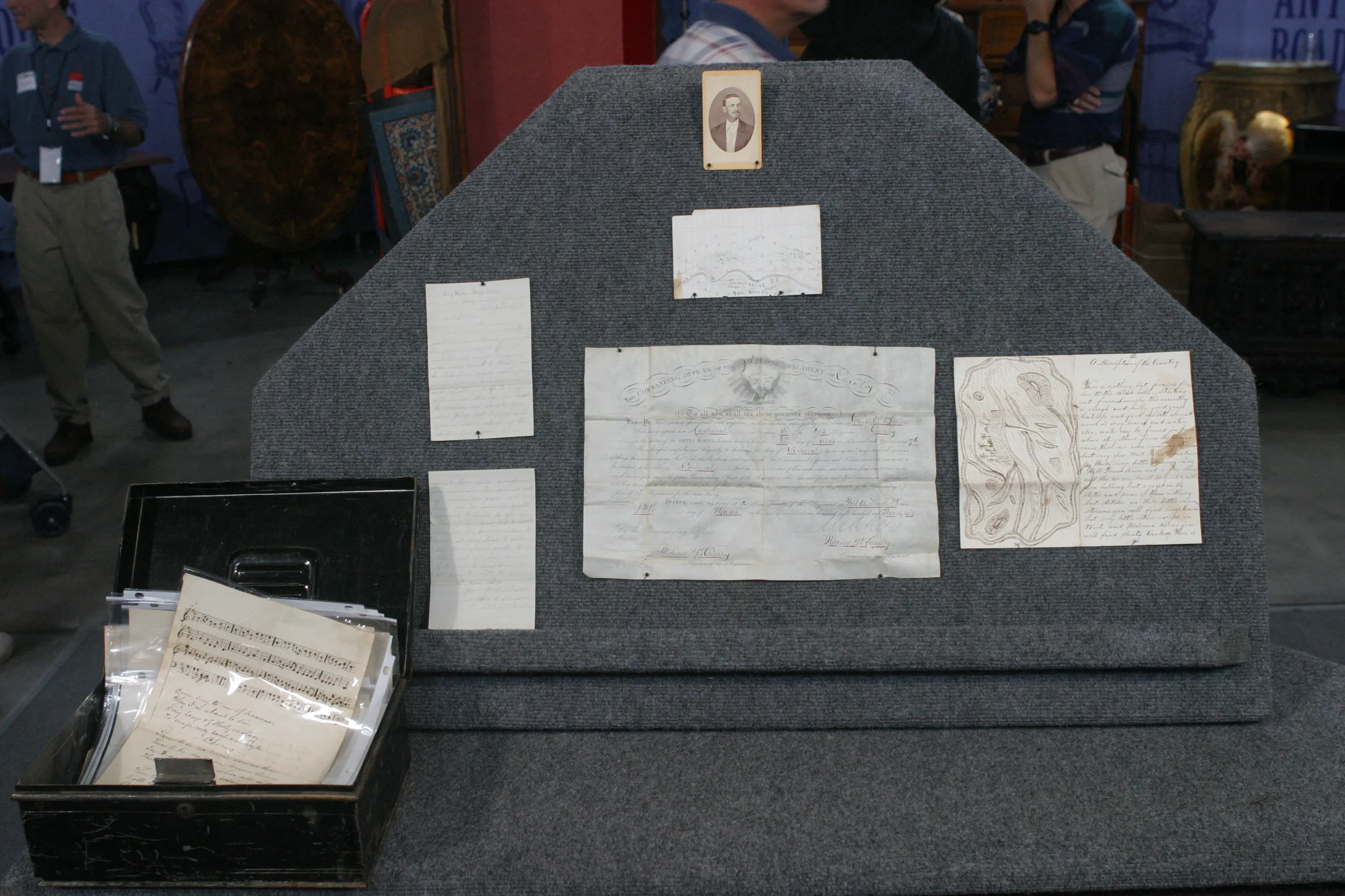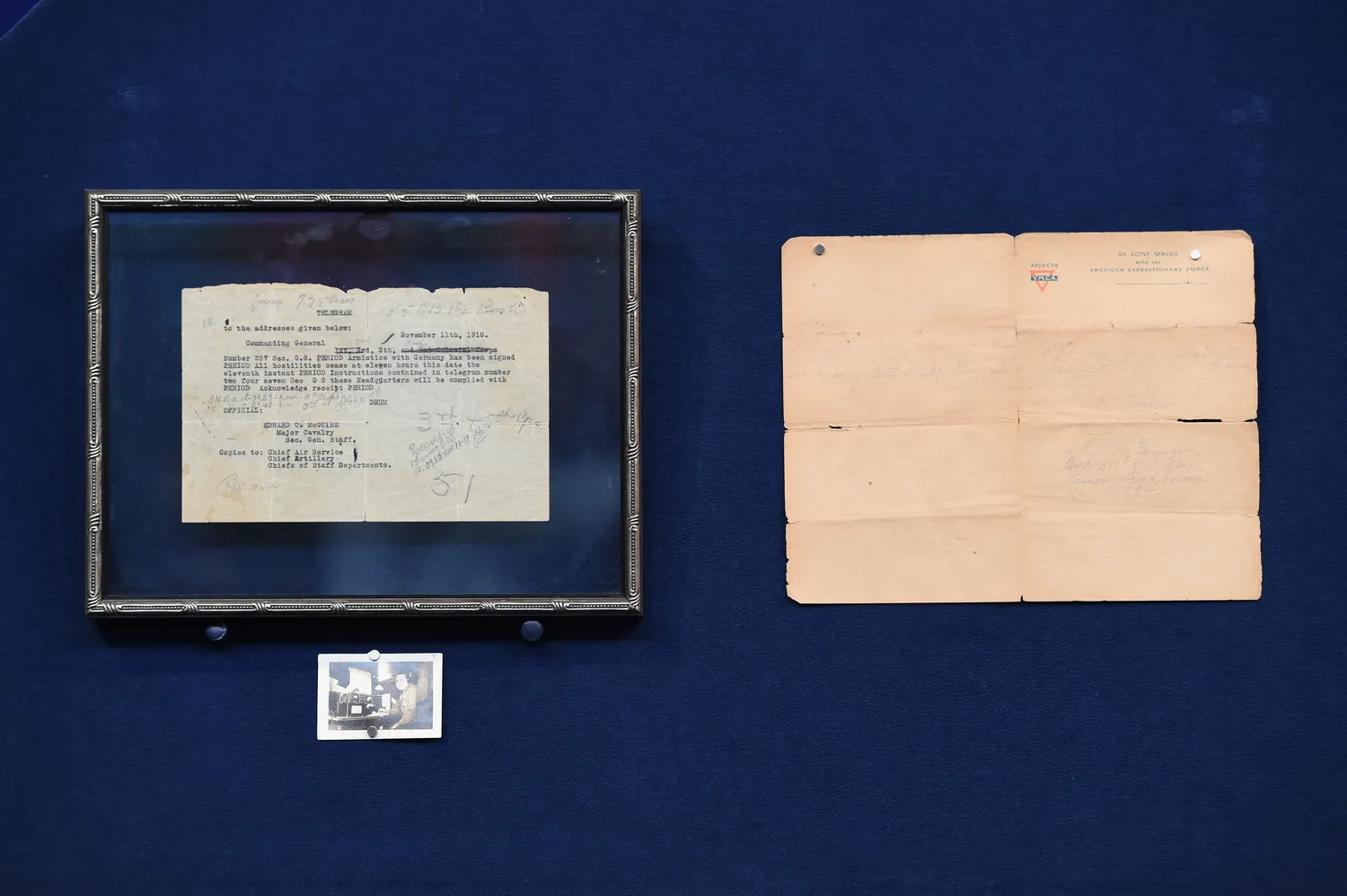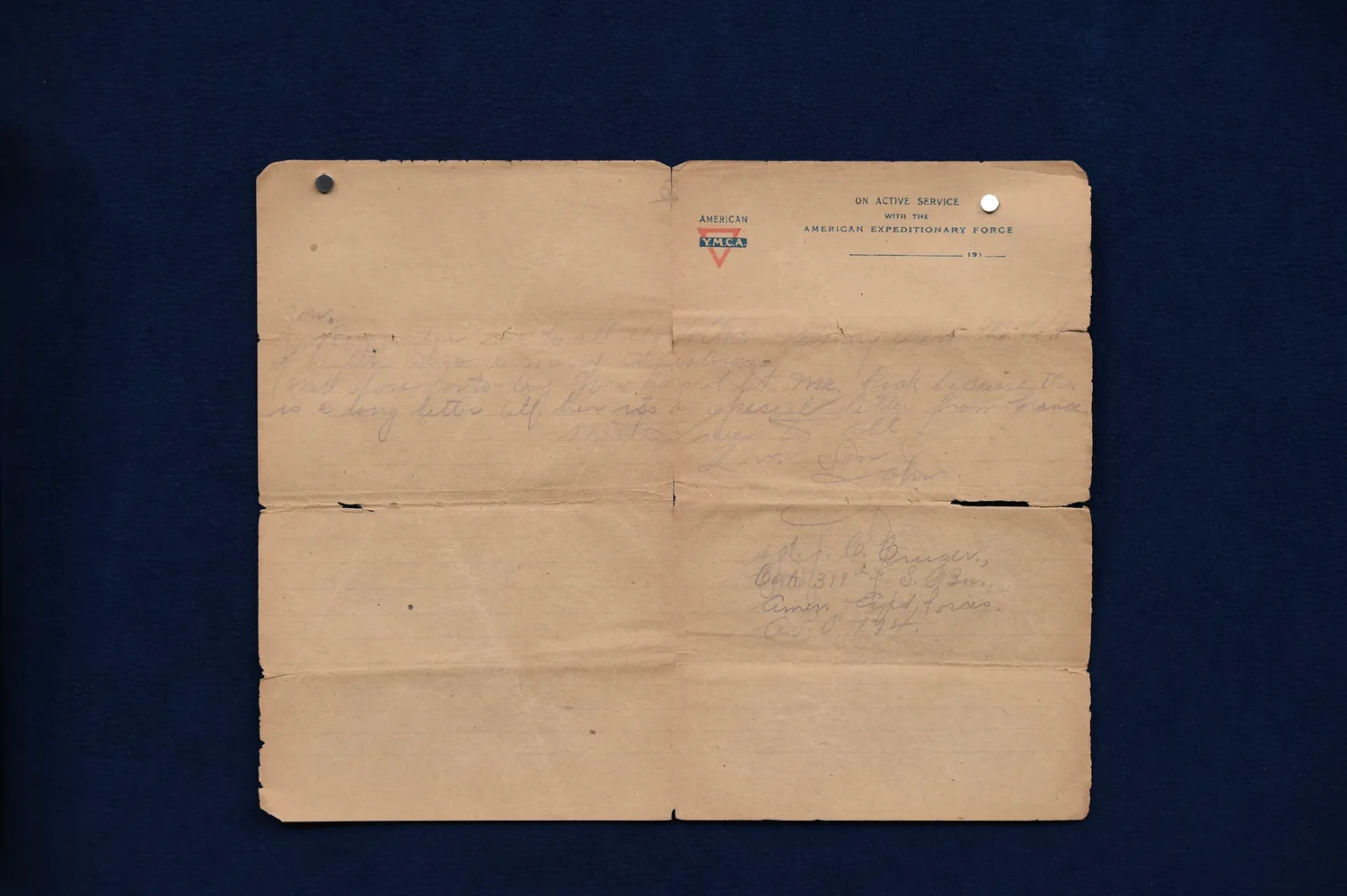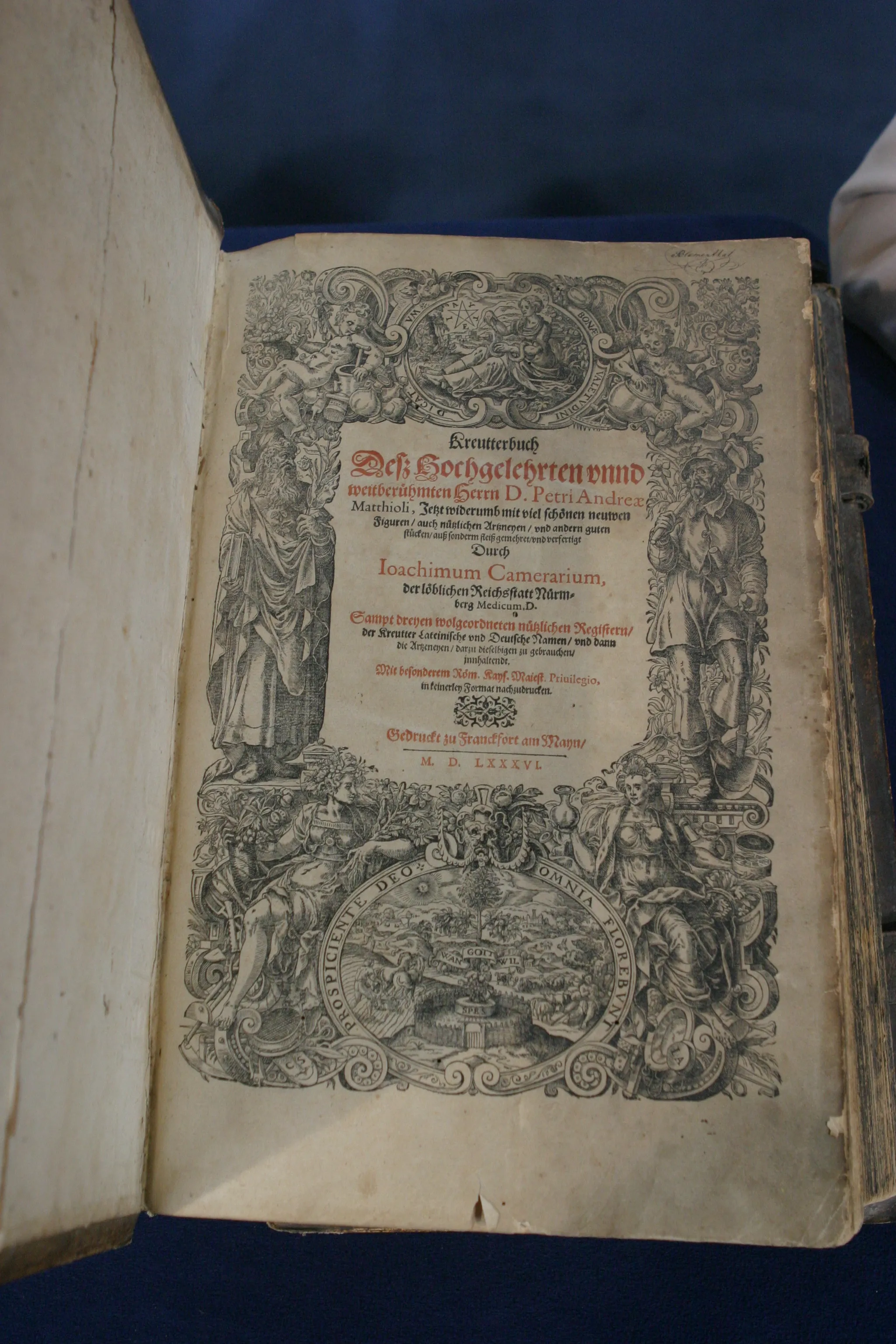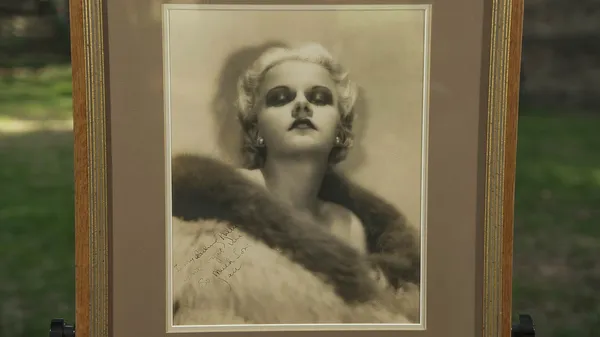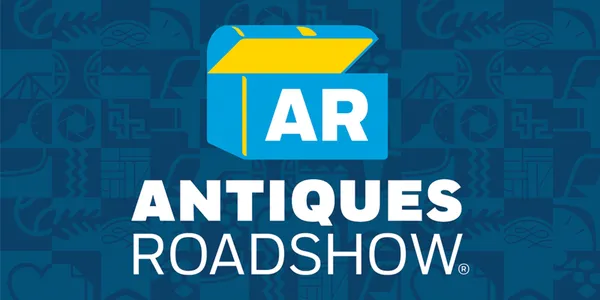GUEST: My great-uncle served in World War I, and he was a radio operator. And he transmitted this message after the Armistice was signed to let the armies know that the war was over. He initialed it, he dated it, and put the time when he received the response back from each of the armies that he sent it to. He died when I was, like, three or four years old, so I never got to meet him, never really got to know him. I heard about the message and was always interested from being a little boy and started to talk to his daughter, and she gave it to me in 1997.
APPRAISER: Well, what's interesting about this particular telegram, obviously there's historical importance of it announcing the Armistice for the end of the war, but you mentioned these notations. So he talks about receiving response back. This is happening while he's doing this. This is all real-time telling. This occupied the same space when this entire war was ending. And here we are, this year is the 100th anniversary of the beginning of the war, and this is a telegram signaling the end of the war. So obviously, there were probably more than one of these. There would have been ones from the Germans and the French and the British, and there would have been ones from different army units throughout the geography. But because this is one that clearly was annotated in the field, it's one of the early versions of it going out. Your great-uncle also wrote about this in a letter, and we have part of it here. Tell me about this letter.
GUEST: Well, he wrote his father, describing some of the events when he was serving during the war. He actually wrote in the letter saying that he sent this message out.
APPRAISER: Do you know where he was when he sent this?
GUEST: I believe he was in Seuilly, France, but I haven't been able to substantiate that.
APPRAISER: On the photograph, it says on the back, "Somewhere in France, Daddy." It would take some effort to figure out exactly where he was, but clearly he was in France at the time. From a collector perspective, you have the richness of the letter, which puts it all into context, and the fact that we know that it was there at the time, in the field, with original annotations as it was going out. And of course, to make it even more complete, we have the photograph of him at his signaling device. I would say we're looking at a minimum retail value of $2,000 to $2,500.
GUEST: Oh, okay. That's more than I expected, really, so...

